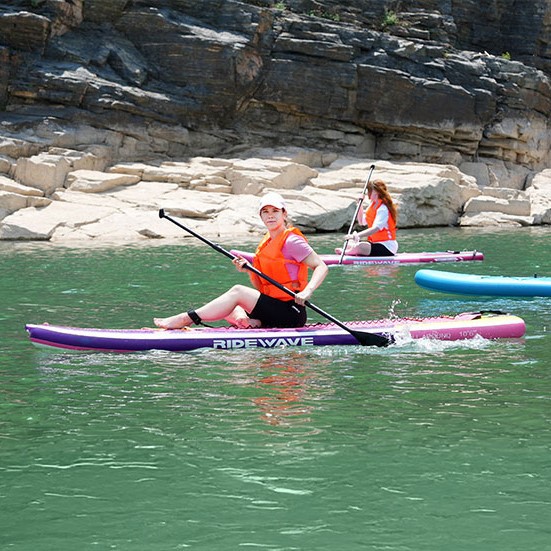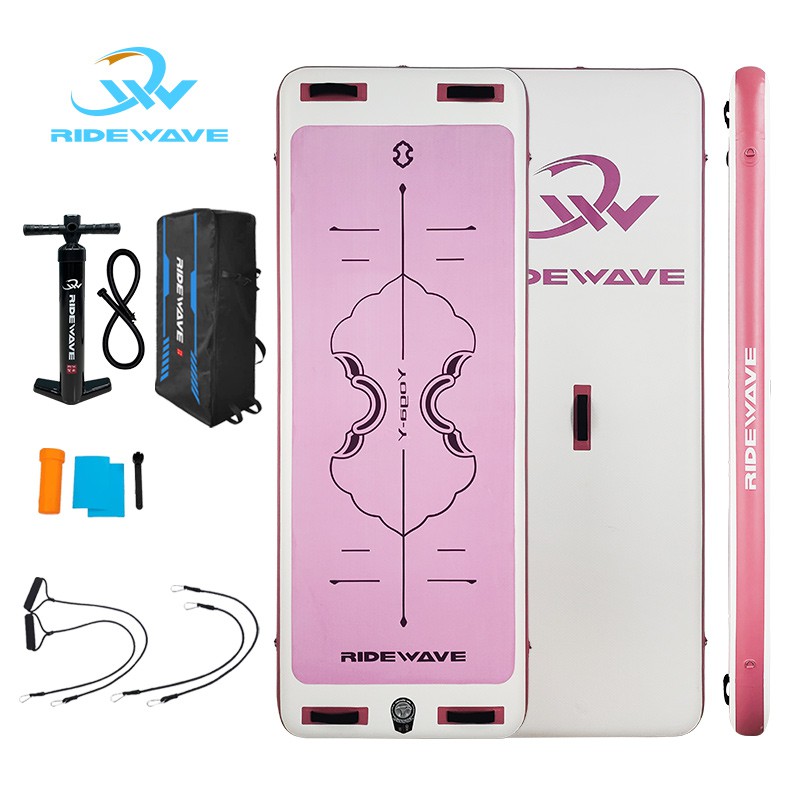2025 Ultralight Inflatable Paddle Boards: Key Trends And Sourcing Tips For B2B Buyers
May 13, 2025
Leave a message
Why Ultralight Boards Are Gaining Attention
What Makes a Paddle Board "Ultralight"?
An ultralight paddle board typically weighs under 8–9kg and can be packed into a compact backpack. The core materials-like fusion PVC and drop-stitch fabrics-are engineered to reduce weight without sacrificing durability. Compared to traditional boards, ultralight SUPs are thinner, use fewer layers, and rely on clever construction to stay strong and stiff
Key Design Trends for Ultralight SUPs in 2025
Design Trends for Ultralight
As the demand for portability and performance grows, 2025 is shaping up to be a transformative year for ultralight inflatable paddle boards. Here's a look at the key design trends shaping the next generation of SUPs:
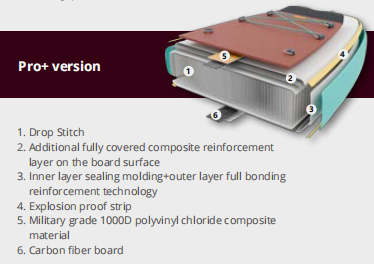
Advanced Drop-Stitch Materials
Manufacturers are now using woven and fusion drop-stitch technology instead of traditional knitted fabric. These materials reduce board weight by up to 20% while enhancing rigidity and durability. Expect more brands to adopt double-layer fusion construction that's both lightweight and ultra-strong
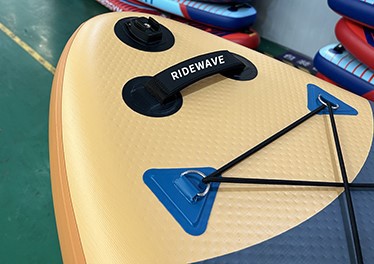
Streamlined All-Round Shapes
Designers are moving away from bulky, wide shapes and embracing sleeker, more hydrodynamic outlines. In 2025, all-round ultralight SUPs are being engineered with narrower noses and slightly tapered tails, allowing for better speed and glide without sacrificing stability - perfect for both beginners and travel paddlers.
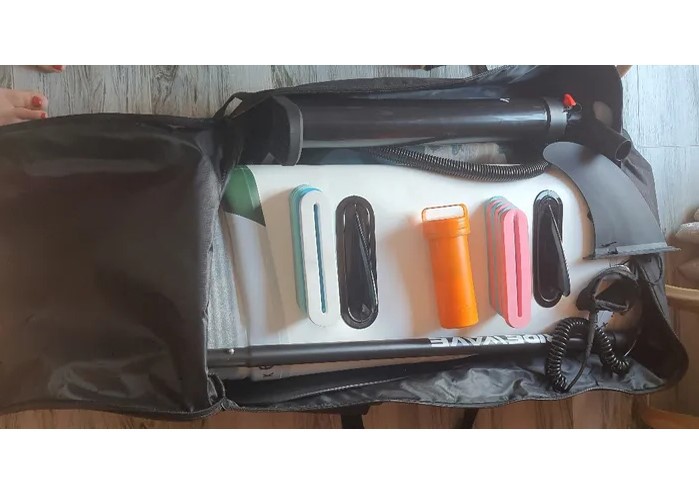
Compact Foldability
Portability is a top priority. More ultralight boards in 2025 will feature foldable center seams or segmented construction, enabling the board to fit into smaller backpacks - ideal for flights or remote adventures. Some brands are also experimenting with hybrid folding techniques to reduce packed size even further.
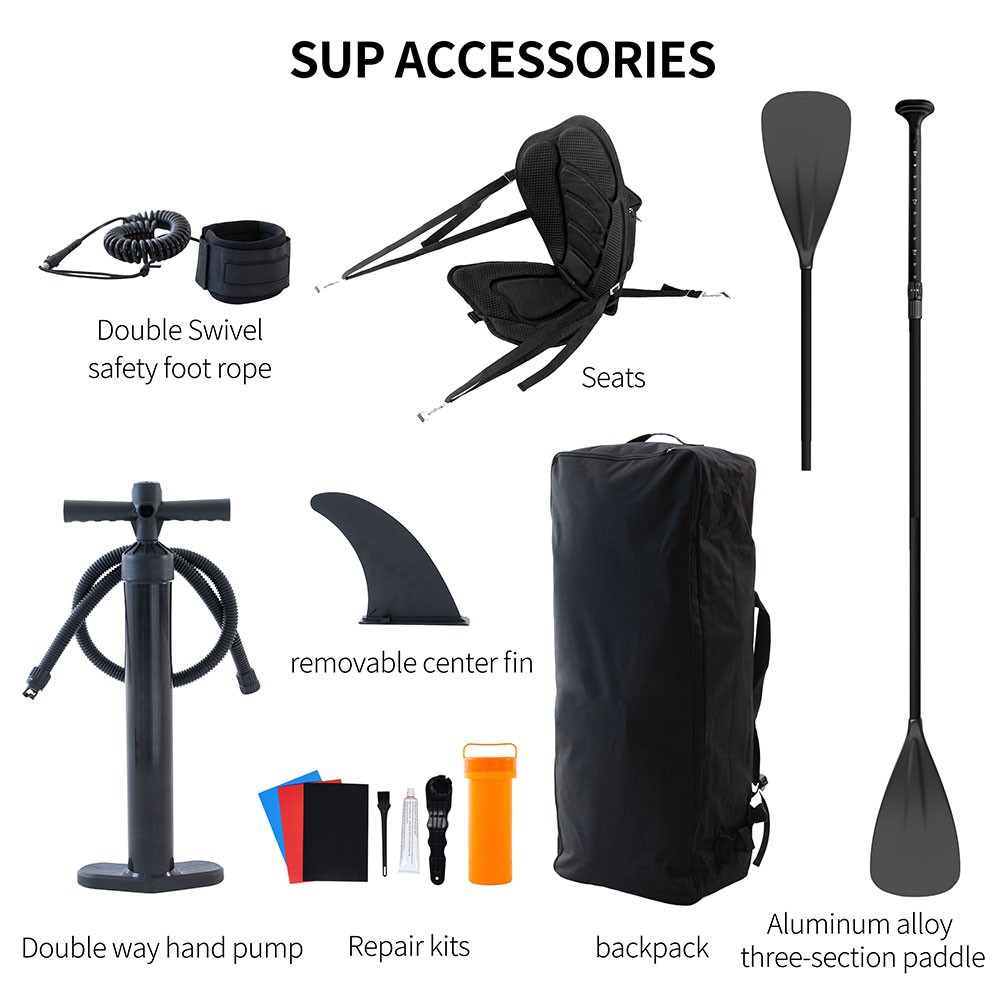
Minimalist, Functional Accessories
To match the lightweight ethos, ultralight boards now come with slim-profile fins, lightweight carbon paddles, and minimalist backpacks. Accessory kits are being redesigned with packability and weight reduction in mind, without compromising on quality or performance.
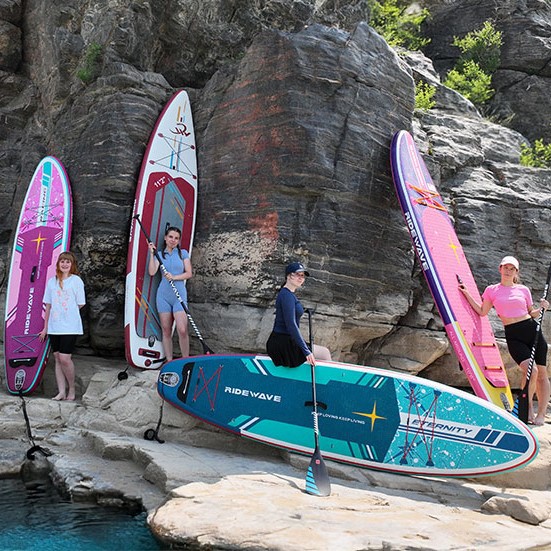
Sustainability remains a hot topic. In 2025, expect more use of recycled PVC, solvent-free adhesives, and biodegradable packaging. Some forward-thinking manufacturers are even exploring algae-based foams and plant-based drop-stitch fibers as part of their sustainability efforts.
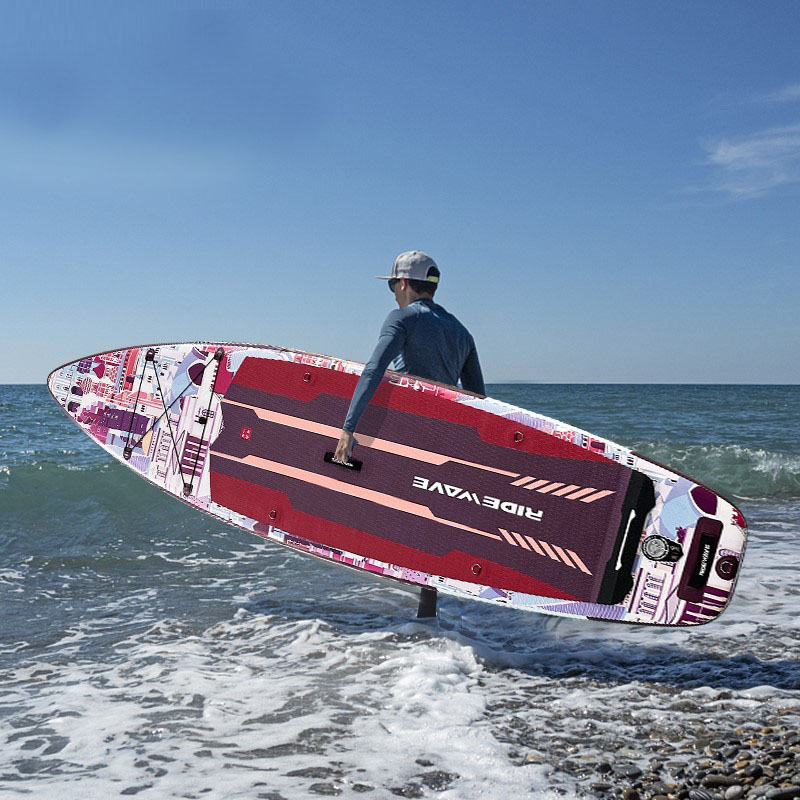
Designs are getting bolder yet more refined. Matte finishes, earthy tones, and minimalist branding dominate the 2025 style palette. Many brands are also offering custom printing options, especially for B2B buyers and private labels, making branding easier without extra weight.
Who Are Ultralight Boards For?
Pros and Cons of Ultralight SUPs
Pros of Ultralight SUPs
Ultralight inflatable paddle boards are becoming increasingly popular in 2025, especially among travelers, casual paddlers, and B2B buyers seeking portable, efficient solutions. But are they right for everyone? Let's break down the pros and cons.
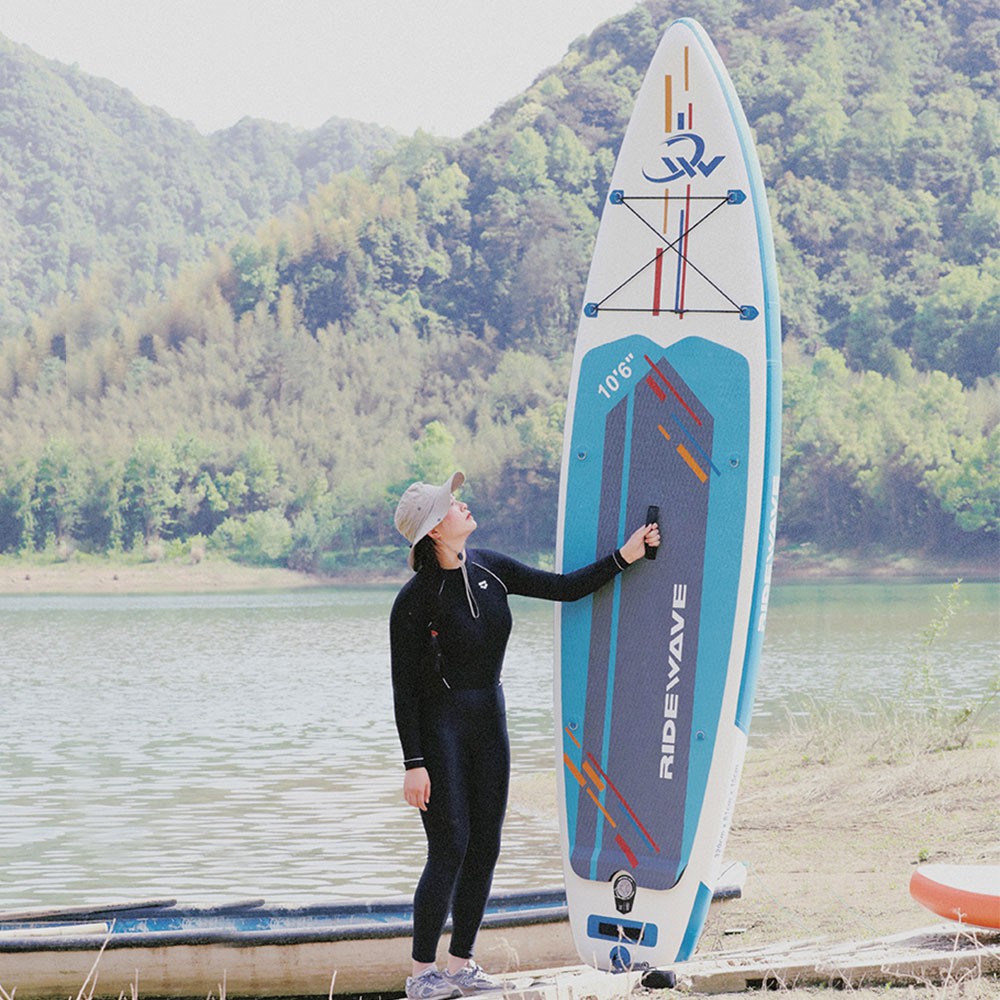
Easy to Carry and Transport
Ultralight SUPs often weigh under 8–9 kg, making them ideal for solo paddlers, air travel, and outdoor adventures. Whether you're hiking to a remote lake or flying overseas, carrying your board is no longer a burden.
Fast Setup and Pack-Down
With fewer layers and lighter materials, these boards inflate and deflate faster. Most ultralight models can be ready to ride in under 5 minutes - a big plus for time-conscious users.
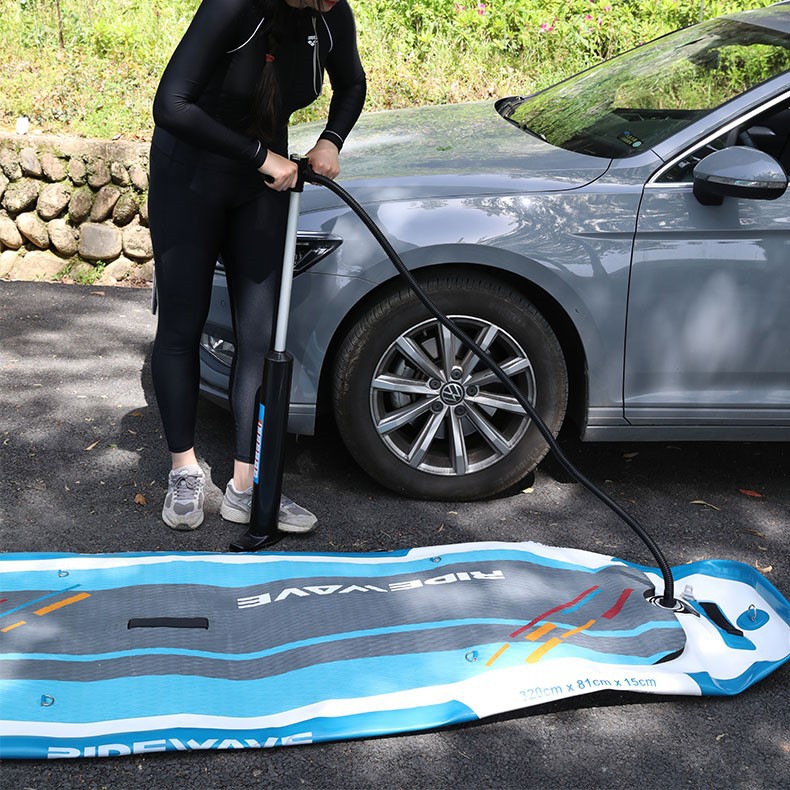
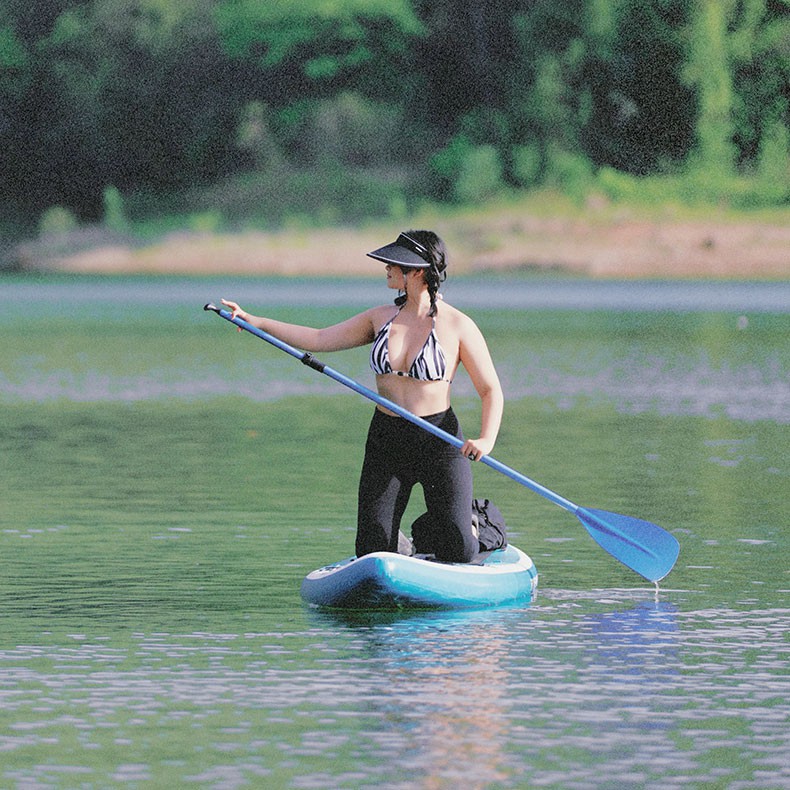
Great for Beginners and Travelers
Their convenience, compact size, and user-friendly shape make ultralight SUPs perfect for beginners, casual paddlers, and anyone who values portability over performance.
Space-Saving Storage
Living in an apartment or van? No problem. Ultralight boards fold down smaller and take up less storage space, both at home and on the go.
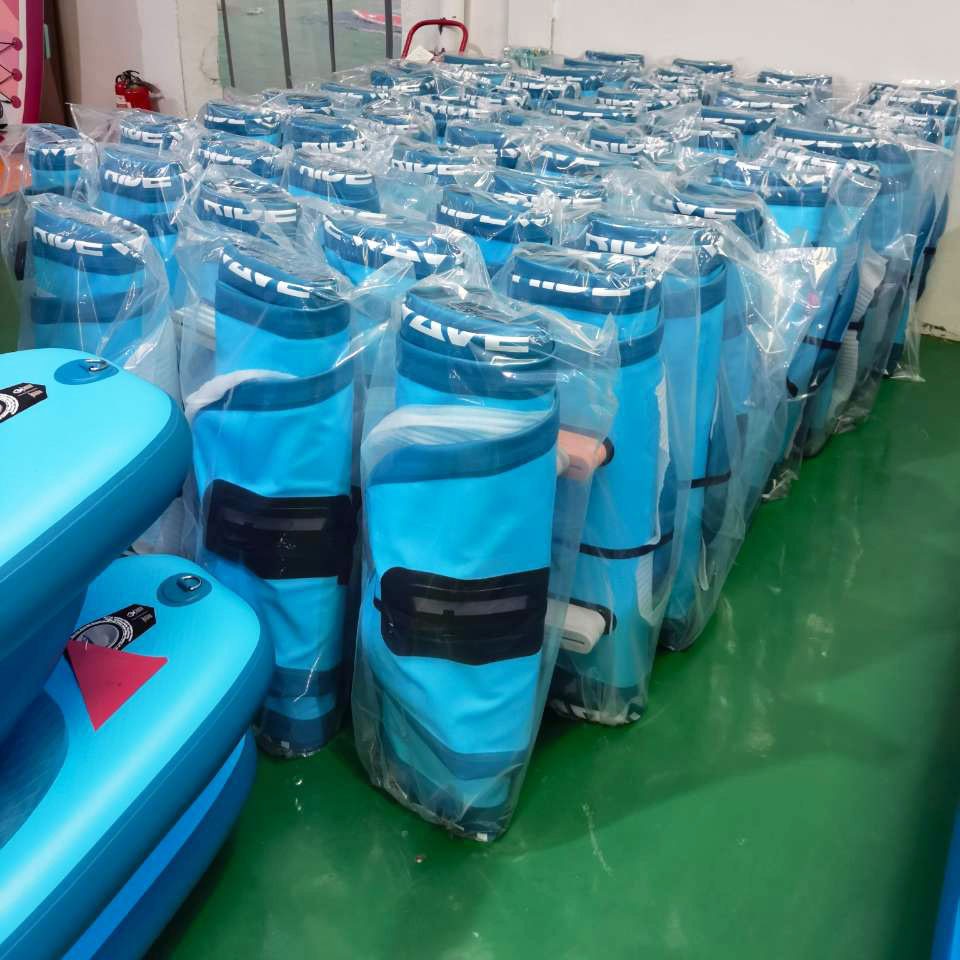
What to Look for When Sourcing Ultralight Boards (For B2B Buyers)
CheckOut Our Work Process
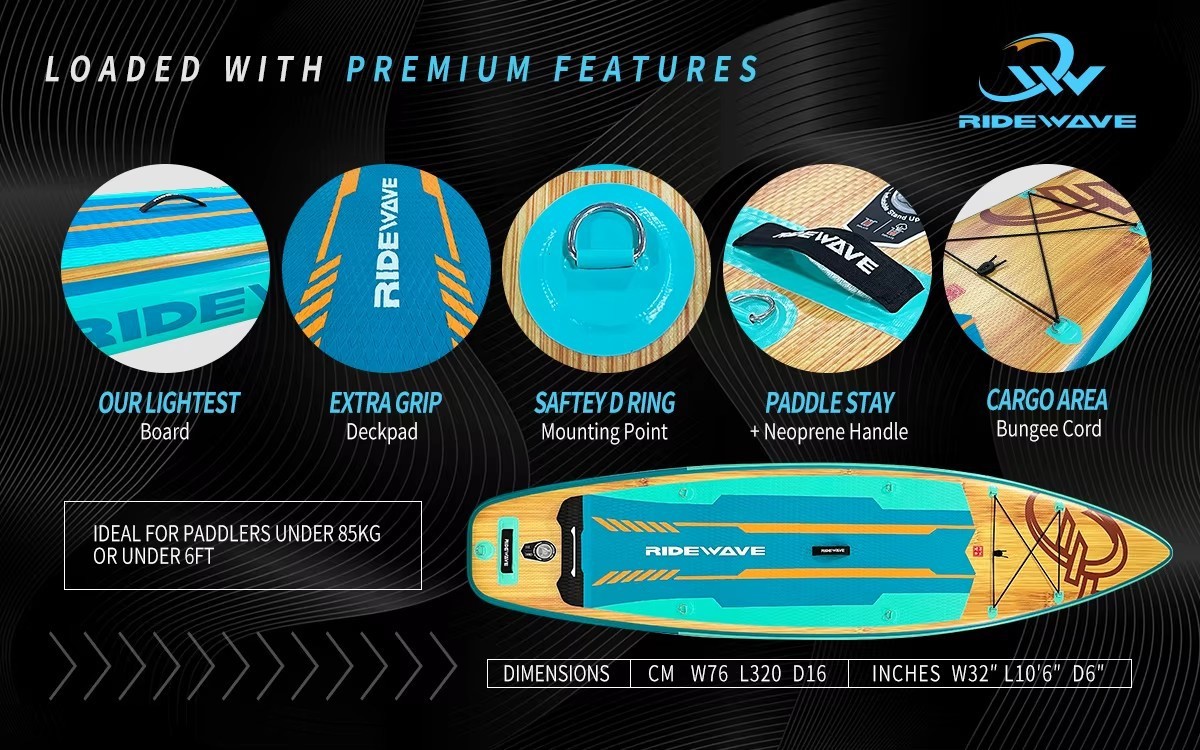
01
Weight-to-Performance Balance
Don't chase the lightest weight at the cost of performance. A good ultralight SUP should weigh around 7–9 kg and still maintain stiffness, tracking, and durability. Look for boards that use woven drop-stitch and fusion PVC construction - lightweight yet strong.
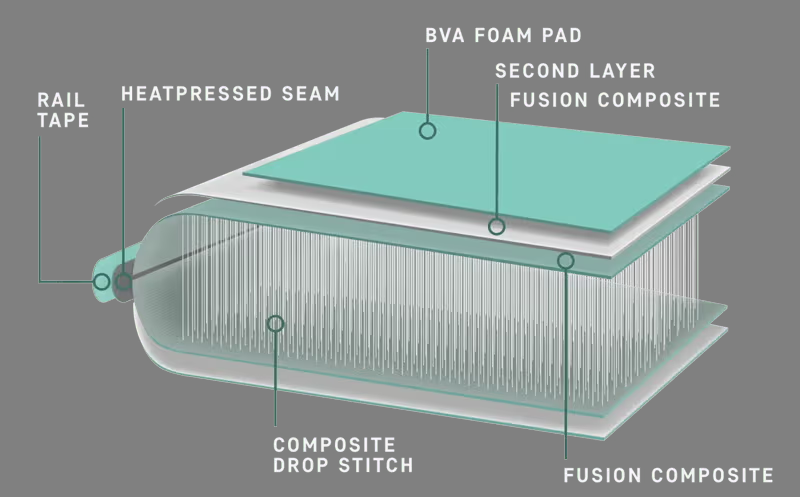
02
Construction Technology
Ask suppliers what materials they use. Single-layer PVC may be lighter but less durable, while fusion or hybrid-layer tech offers a better long-term return. Woven drop-stitch is a 2025 must-have for serious B2B buyers.
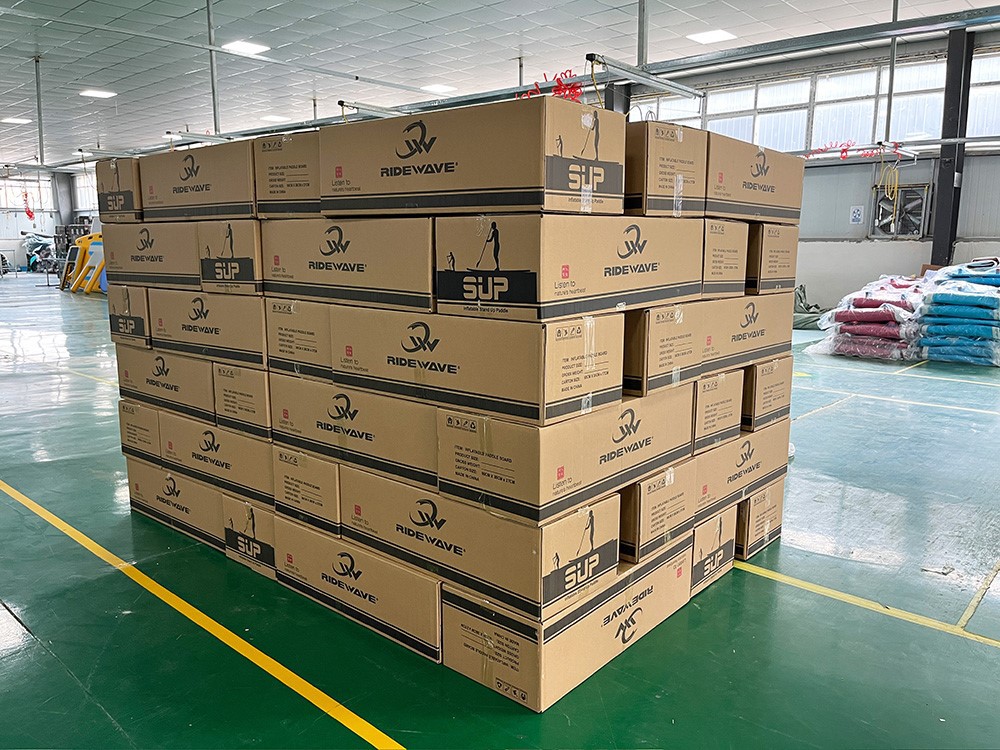
03
Foldability & Packaging Size
Smaller packed size = lower shipping and storage costs. Look for designs that fold easily and come with compact, ergonomic backpacks. Some premium options offer split-fold designs for even tighter packing.
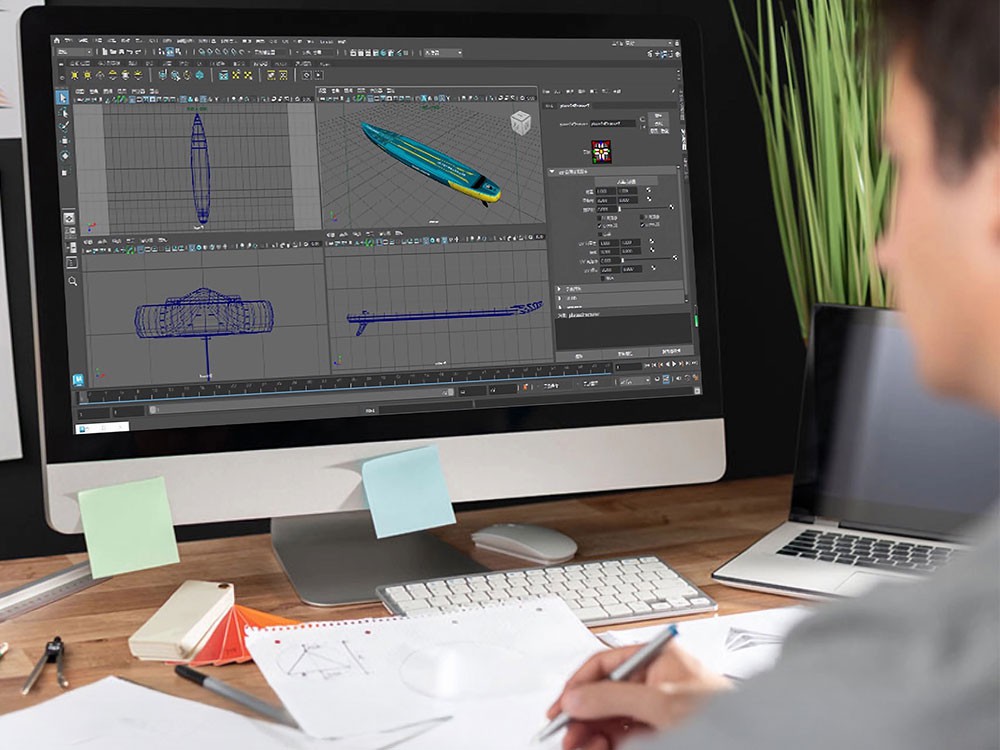
04
If you're sourcing for your own brand or retail store, ask about OEM/ODM services - can they print your logo? Offer unique colorways or deck pad styles? In 2025, personalization is key to standing out.
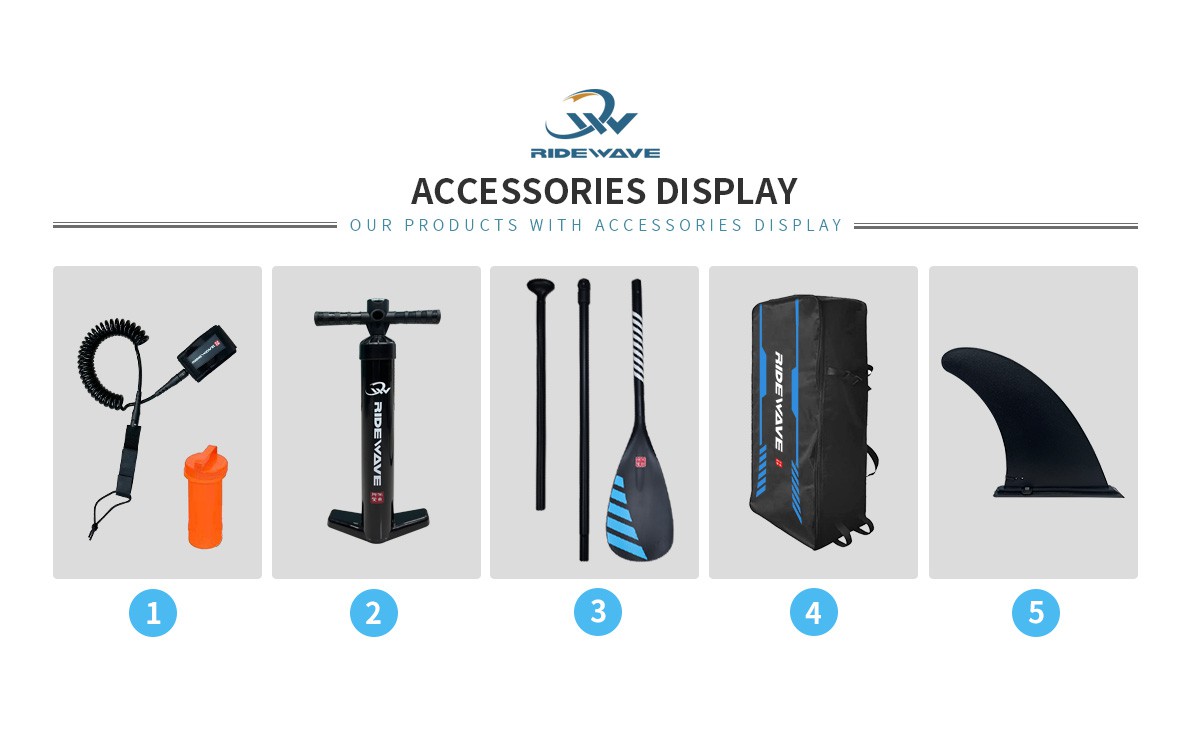
05
Accessories Included
A complete package helps reduce after-sale hassle. Check if the supplier includes a lightweight carbon or fiberglass paddle, removable fin, repair kit, and a high-efficiency pump. All items should match the ultralight philosophy - no bulky extras.
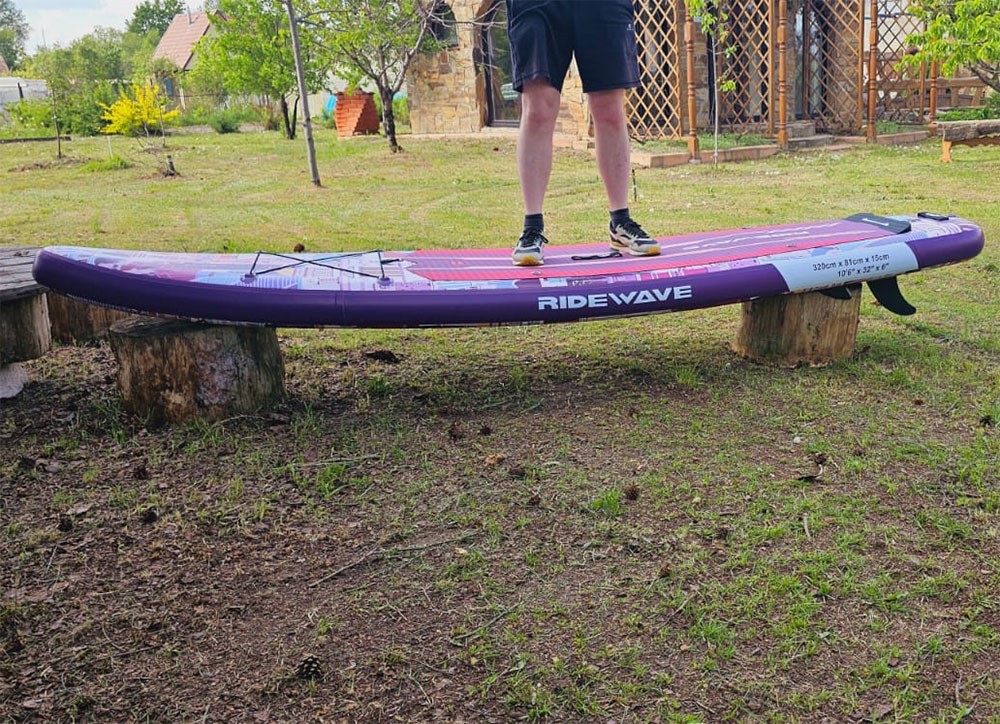
06
Load Capacity and Target User Fit
Choose models that suit your customers. For travel, yoga, or beginner markets, boards with a 220–260 lbs (100–120 kg) capacity and wide, stable shape are ideal. If your market includes heavier riders or tandem use, you may need to prioritize hybrid models.
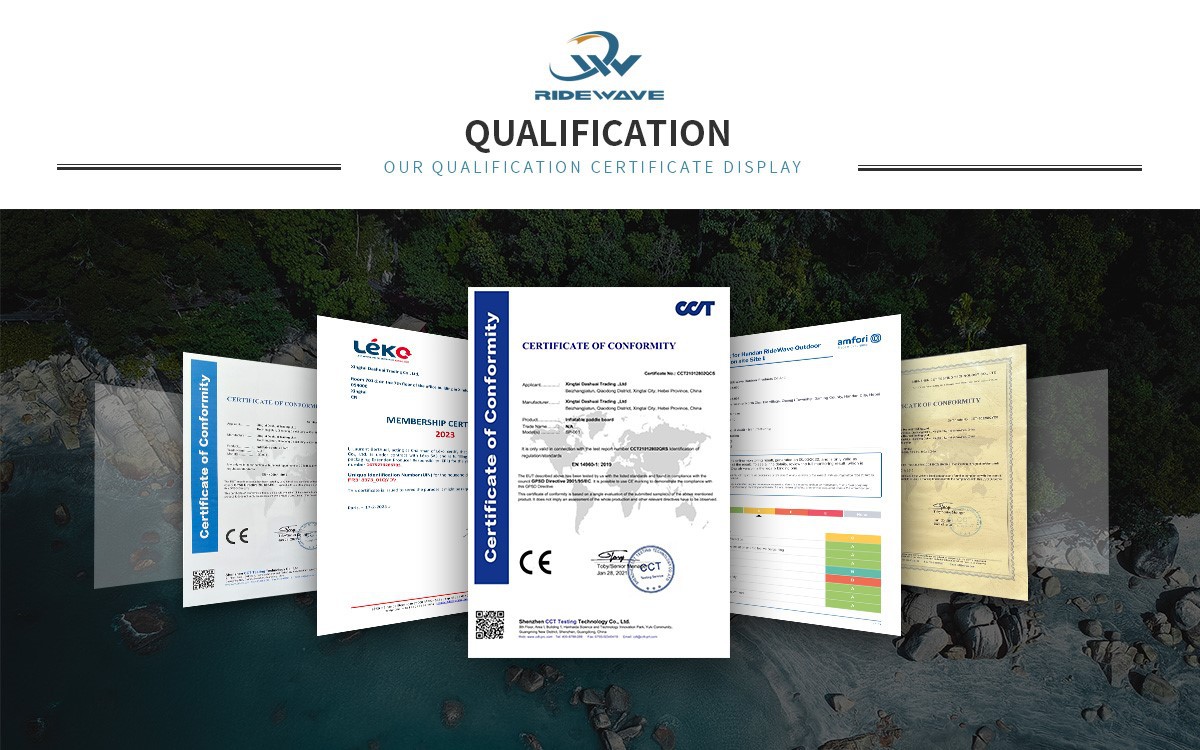
07
Certifications and Factory Standards
Work only with factories that meet international manufacturing standards like ISO, BSCI, or REACH compliance. It ensures product consistency, especially when ordering in bulk.
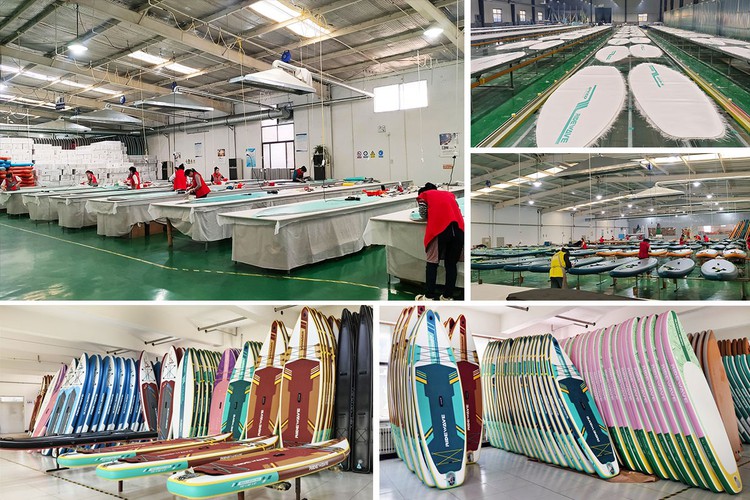
08
Production Lead Time & MOQ
Understand the supplier's minimum order quantity (MOQ) and average lead time. Ultralight boards are often made with premium materials, which may affect delivery schedules.
Conclusion: Light Is the Future
As more paddlers demand gear that fits their fast-moving lifestyles, ultralight inflatable SUPs are leading the way. They're no longer just "light"; they're smart, efficient, and stylish. For brands and buyers alike, now is the time to ride the ultralight wave.



